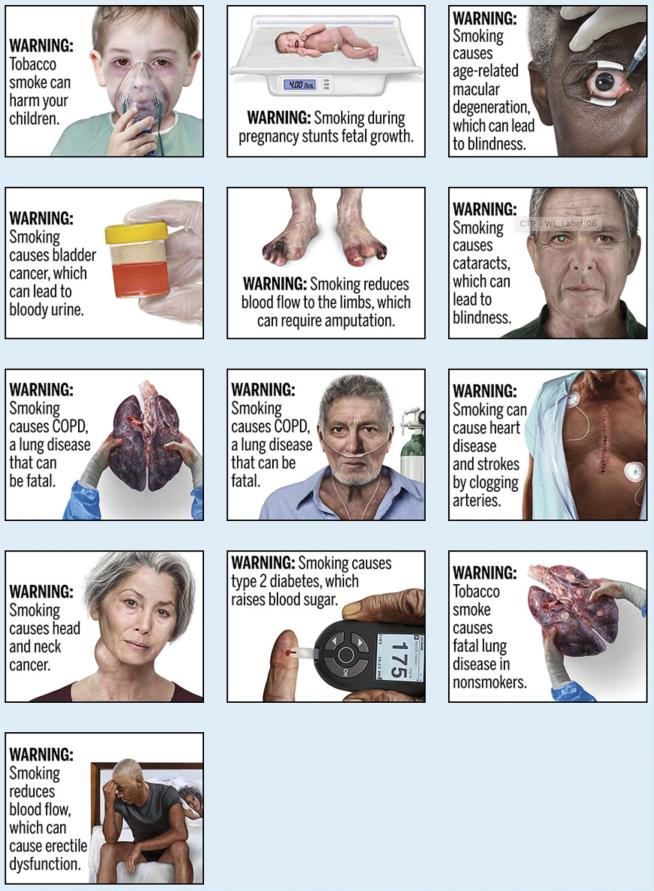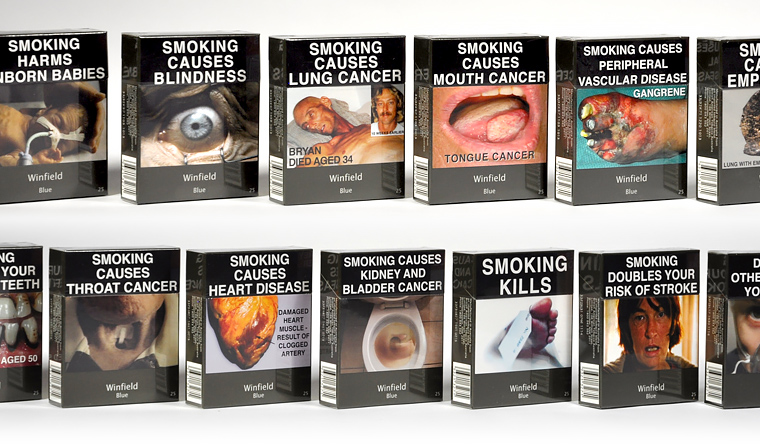Washington Post (August 16, 2019):
CDC officials said they were probing 94 possible cases in 14 states. … Health officials have said patients have described vaping a variety of substances, including nicotine, marijuana-based products and do-it-yourself “home brews.”
State of New York Department of Health - Health Advisory:
Unexplained Vaping-associated Pulmonary Illness (August 15, 2019):
Chest radiographs have demonstrated bilateral opacities, typically in the lower lobes.
Computed tomography (CT) imaging of the chest has shown diffuse bilateral ground-glass opacities, often with subpleural sparing. Bronchoscopy findings have been unremarkable, and evaluation for infectious etiologies have been negative in nearly all patients.
.
Ground-glass opacification/opacity (GGO) is a descriptive term referring to an area of increased attenuation in the lung on computed tomography (CT) with preserved bronchial and vascular markings. It is a non-specific sign with a wide etiology including infection, chronic interstitial disease and acute alveolar disease.
Reading on at the above-linked web-page to see how entirely non-specific this radiological indication is:
Subpleural sparing in thoracic radiology is a imaging descriptor usually used on cross sectional imaging (mainly CT) where the pathology that affects the lungs spares the extreme peripheral lung margin abutting the pleura - chest wall. It can be seen in a number of situations:
Non specific interstitial pneumonia (NSIP): often considered a very specific feature for NSIP
Non-specific interstitial pneumonia. Associations. Primarily idiopathic (relating to or denoting any disease or condition which arises spontaneously or for which the cause is unknown) but the morphological pattern can be seen in association with a number of conditions:
Drug-induced lung disease can result from a number of agents and may have a myriad of presentations, ranging from an adult respiratory distress syndrome type picture to established pulmonary fibrosis. Due to this, it can be extremely difficult to pinpoint the offending agent on imaging appearances alone and correlation with the medical history is mandatory. Etiology: Chemotherapy agents; Immunosuppressive agents; Immunotherapy agents; Cardiovascular agents; Antibiotic agents; Anti-inflammatory agents; Anticonvulsants; Herbacides (ie, Paraquat);
Recreational drugs:
IV methylphenidate (Ritalin lung): panacinar emphysema
IV heroin 6: pulmonary edema, pulmonary hemorrhage, eosinophilic pneumonia
IV cocaine: pulmonary edema
The incidence to date (of ~100 cases in ~10 Million people reported to be vaping in the US) of these non-specific indications represents ~ 1 person per 100,000 (of vaping population). That is a very small number (especially considering that the symptoms and indications reported can/do result from so many various and diverse causative factors). No epidemiologist in their right mind would leap to such sweeping “conclusions”.
Time for (what is clearly) a largely “press” manufactured “crisis” portraying the “doctors” as heroic and saintly figures in return for stomping all over common sense surrounding medical diagnosis in hopes of engendering and globally delivering mass hysteria. This is the very same modus operandi that has been used for several years to without legitimate bases in medical science or ethics to demonize, indict, and defame persons (physicians as well as patients) associated with pharmaceutical Opioid meds, withholding relief from millions of pain patients (with hundreds committing suicide as a result), and (itself) spawning, engendering, and sustaining a vast and exponentially growing number of fatalities from illicit street-drug garbage containing Fentanyl (and analogs). The “Iron law of prohibition” in action - yet again leading to far more harm than would be the case in the absence of such ill-posed, demonstrably harmful interventions.






